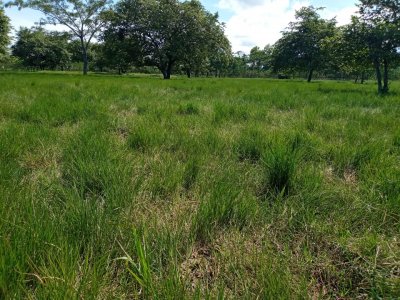Chapin81 said:
Can you share the link for the forum that discusses rotational grazing, this is new to us and we started it because we want to increase our capacity. Letting the cattle roam freely doesn't work for us. The last Years have shown that.
Sorry it took so long to get back to you. It's been a busy day.
Our Forage group is not a forum. It is a group of local ranchers who get together about once a month and discuss what we are doing with forages on our ranches. We usually do a pasture walk at one of those ranches. We discuss our successes and failures. There are several groups throughout the state of Oregon and they are led by our facilitator, Dr Woody Lane. Most of us do a modest form of rotational grazing where the animals are moved onto fresh pasture every few days to weeks, depending on the size of the pasture. The rancher that does intensive rotational grazing with sheep is located near the coast where moisture is more abundant and the temperatures are pretty consistent year around. He can graze 365 days per year, like you, but those of us on the interior have hot dry summers and cool rainy winters. We are forced to feed 4 to 5 months of the year. I'm not sure of his exact protocol, but I believe he put something like 500 lambs on maybe a 1/4 acre (.1 hectares) for less than a day. He would also pour out a feed mixture right on the ground. They had a portion of their pasture set up in a coil pattern that looked like a giant snail and they would move them along the coil a short distance at a time.
I saw their paddocks when the system first began and again a year later. The amount of forage had increased quite impressively. The grain part, I'm sure was like adding fertilizer to the soil, since the sheep always missed eating a portion and then pushed it into the soil with their feet. These lambs were harvested at 6 months. I doubt this would be profitable with cattle, and the amount of labor was substantial. They are direct marketing these lambs, so they don't give up profits to the middle man.



